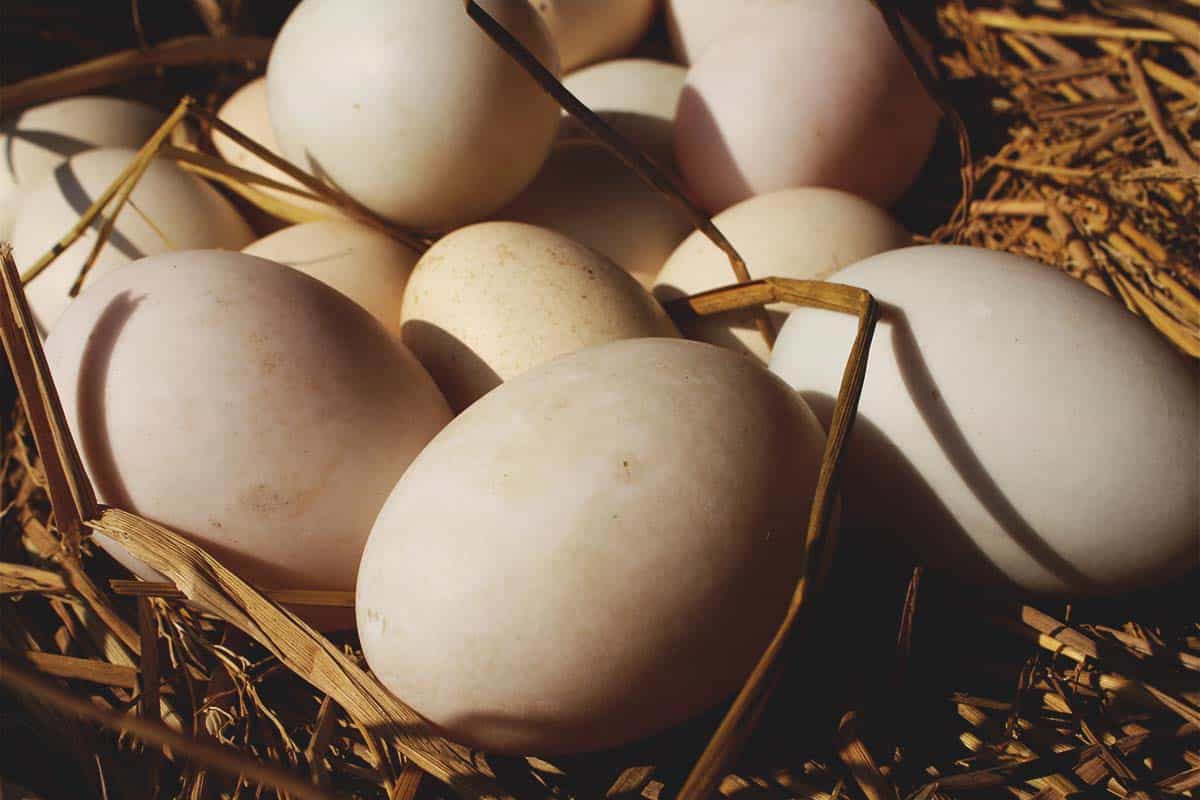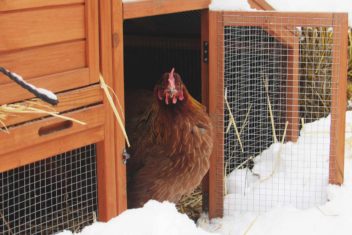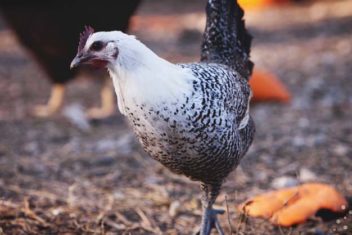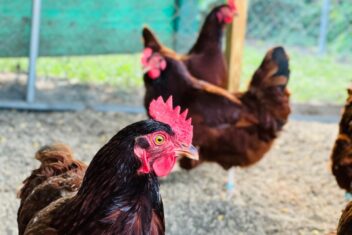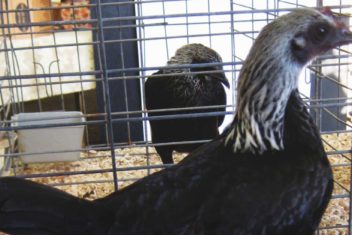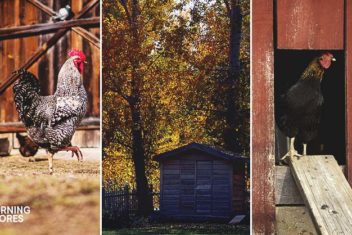Choosing to get started with a flock of chickens is an exciting decision that will require many follow-up decisions as you figure out the logistics of your impending flock.
One of the first questions many of us find ourselves asking is “How many birds should I purchase?” This is an excellent question that can have many factors that go into the final decision concerning your new flock size.
A new chicken keeper will be forgiven for thinking that one chicken would give you one egg a day. However, there are many more factors to consider.
For one, you might want an egg for breakfast, but what about baking? On top of that, even the best egg-laying chicken breed won’t be able to produce 365 eggs a year.
To decide the perfect chicken flock size, let’s take a realistic view of your needs, and then we will look at all the other factors that one can easily miss.
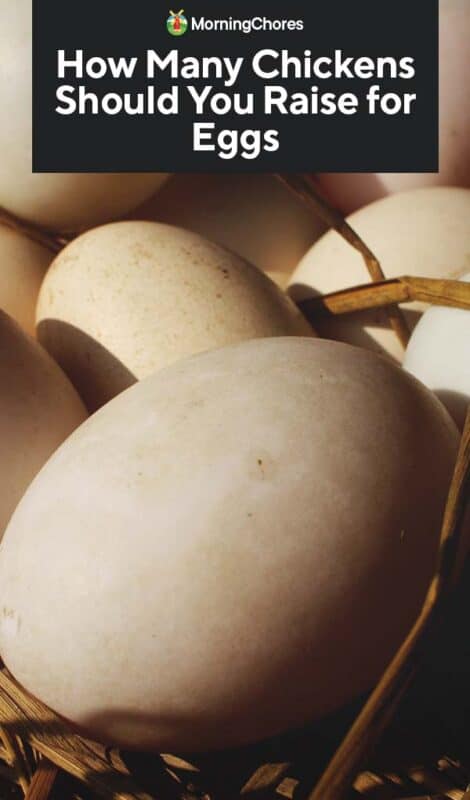
What is Your Family Size?
One of the first things to take into consideration when choosing your flock size is your family size. If you have two people, chances are you’re not quite ready to jump in with two dozen hens.
It’s difficult to give a blanket statement on how many hens your family need because each family has a different eating habits. In general, you can expect a dozen eggs per week for every three chickens. So if you buy two dozen eggs per week, six hens would likely fit your needs.
It’s not recommended to keep fewer than three chickens at a time because chickens are social animal and they need friends.
To get an idea of how many eggs you’ll need, simply pay attention to how many dozen eggs you purchase each week and account three hens for each dozen.
1. Cooking With Eggs
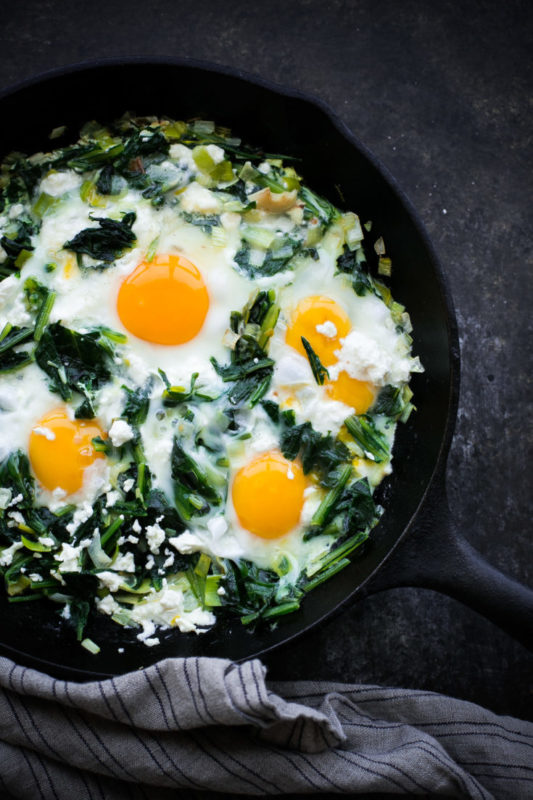
Keep in mind that you may sometimes have baking projects that would require extra eggs. If you have fresh, delicious eggs available, you may find yourself wanting to make scrumptious dishes with your farm fresh eggs all the time.
In this case, you may want to add a few extra hens to make sure you always have plenty of fresh eggs for baking.
2. Sharing is Caring
Do you have friends and neighbors you’d like to share some eggs with? Trust me, you’ll become everyone’s favorite person when you start doling out delicious, farm-fresh eggs.
You can also sell eggs in your area if you’d like to make a little bit of money. However, from someone that’s sold eggs for years, I can assure you that you likely won’t profit too much off selling a few dozen eggs.
Which Breeds Should You Consider?
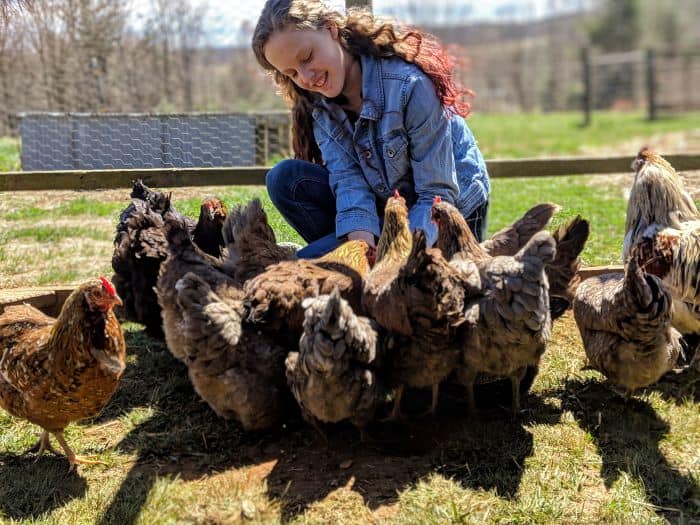
Not all chicken breeds are created equal, and this is important to remember when choosing your chickens. The average chicken will lay four-five eggs per week, but some chickens are bred to lay above average while other chickens might not lay more than two-three eggs in a week.
When you’re choosing your chicken breeds, pay attention to their rate of production because it may be more or less than the average chicken, which could affect the three chickens per dozen rule of thumb.
At the same time, choose the right chicken breed for your climate, to ensure you have a happy, healthy and productive flock.
1. Egg Production Breeds
Chickens bred specifically for egg production such as White Leghorns, Barred Rocks, and Rhode Island Reds will almost always lay five+ eggs in a single week. When these breeds are in peak production, five hens will easily provide around two dozen eggs in a single week.
2. Ornamental Breeds
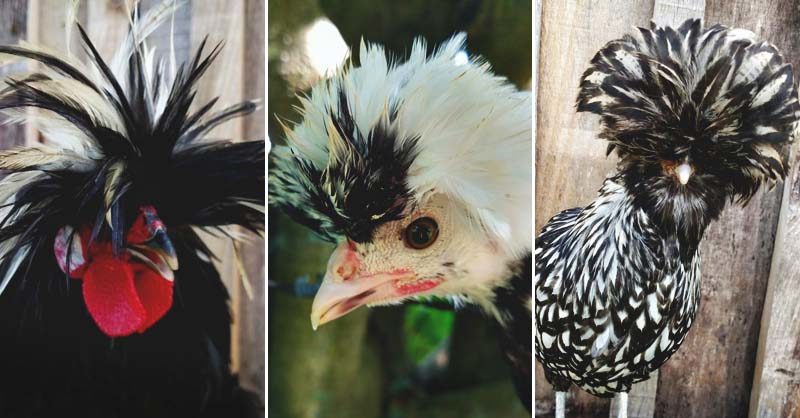
While ornamental breed chickens are always fun to look at, they won’t be the most efficient egg producers. Ornamental breeds such as Polish, Silkies, and most Bantams will usually produce two-three eggs in a week.
If you want fun pets as well as egg layers, ornamental breeds will meet your needs, but it will take four-five hens to get a dozen eggs every week.
How Much Space Do You Have Available?
One thing to think about that isn’t necessarily based on your family’s consumption but is just as important, is the space you have available for a flock.
Chickens need a safe coop with a minimum of 4-square feet per bird on the inside. If you don’t want chickens free-ranging all over your property, you’ll need to build a run to contain them during the day. A chicken run should have a minimum of 10-square feet per chicken.
An alternative option is a chicken tractor that will keep them safe while providing new space for them to explore each day.
If you live on a small piece of property, the size consideration could limit your flock size, which is why spatial limitations should go into choosing the number of chickens to keep for your family.
Finally! Ordering Chicks
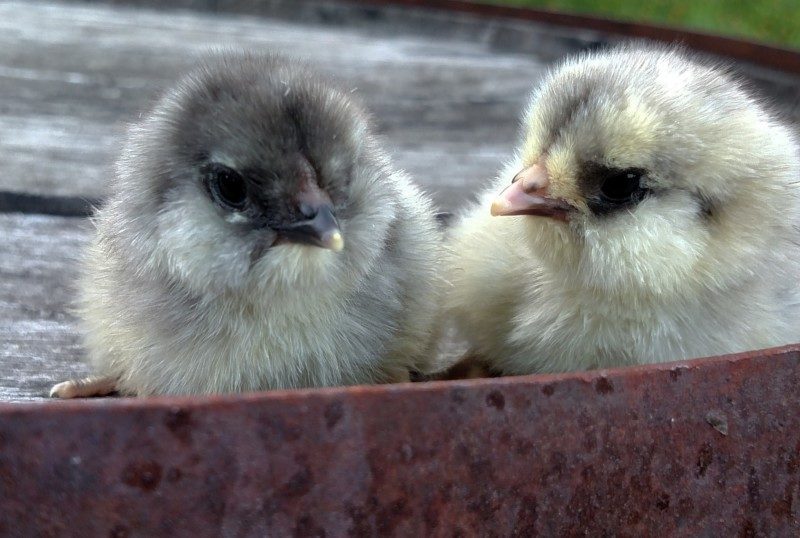
So you’ve figured out the perfect number of birds for your flock! But if you’re ordering chicks, you might want to take a few other things into consideration as well before choosing an exact number of chicks to order.
You might want to add a few extra birds on your order just to be safe. Chicken math, y’all. It’s a real thing, I promise.
1. Accounting for Losses
Particularly when ordering from a hatchery, there can be a small number of casualties. Sometimes a chick or two won’t make it through shipping and other times you might have a loss while raising fragile little chicks.
It’s not a bad idea to order a few extra chicks just in case something happens.
2. Straight Run Chicks
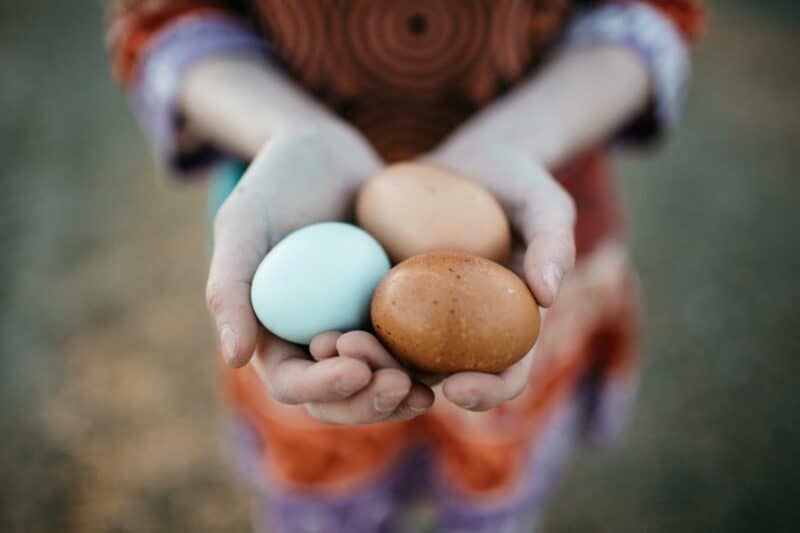
“Straight run” means that the birds you are ordering have not been sexed and are being sold as they hatched. Statistically speaking, this means that you’ll have approximately 50% roosters.
If you’re trying to get 10 hens, you’ll need to order a minimum of 20 chicks to account for the roosters in the mix. While a straight run order is cheaper, you also need to plan to feed and eventually cull half the flock once they are grown.
3. Hatchery Error
Even when you do order sexed chicks, most hatcheries only guarantee a 90% accuracy, which means you’ll likely end up with a rooster or two depending on the size of your order.
When I ordered my first chicks, I naively ordered three sexed roosters along with my 25 hens. In the end, I had seven roosters because some of my “hens” turned out to be roosters.
All of this is to say, it’s not a bad idea to add a few extra birds to your chick order. A good rule of thumb is for every fifteen chicks you order, add two extra birds for any potential mishap or hatchery error.
Enjoy The Journey to an Egg a Day
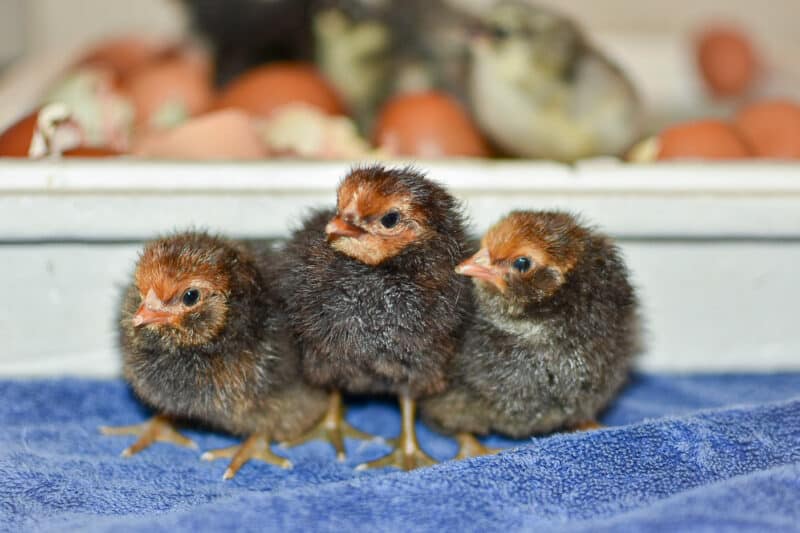
Getting started with a flock of chickens is a fun experience that can often lead to many more homesteading and self-sufficiency endeavors.
Now that you know how many birds to add to your flock, you can move on to other fun activities such as choosing breeds and planning your coop.
Enjoy the exciting planning stage. I think the enjoyment I got out of planning was almost as great as actually picking up my first chicks from the post office.
